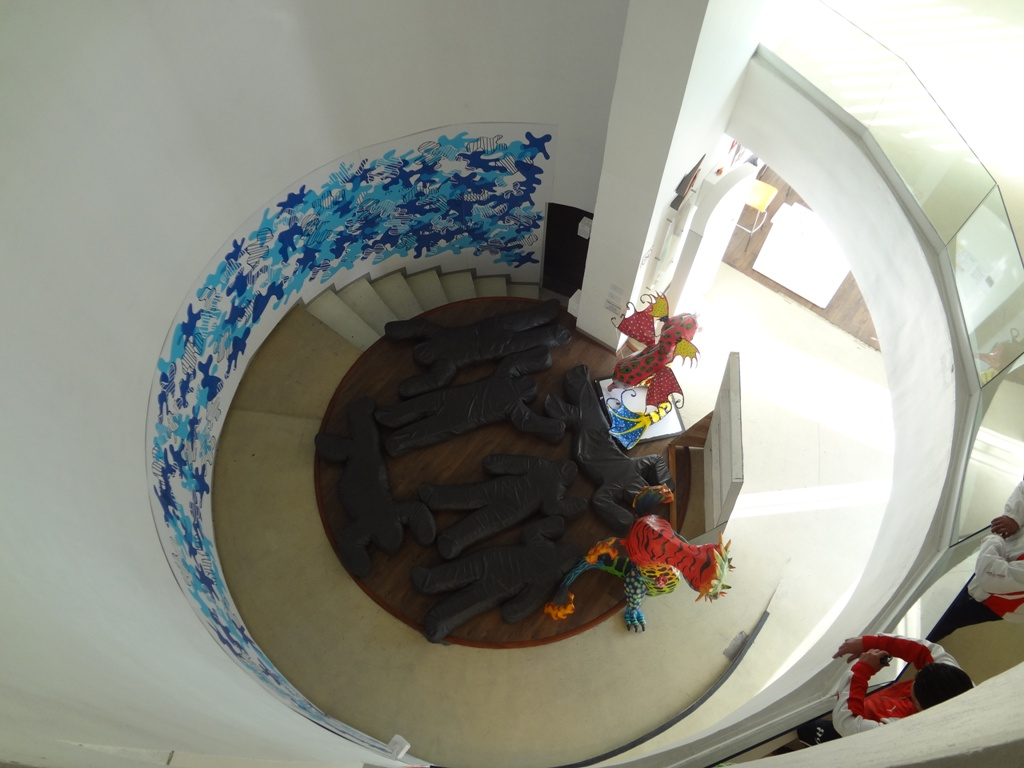
The Museo de las Culturas: Pasión por Iztapalapa is the leading community museum in one of the city’s most important alcaldías. Iztapalapa is the populated of the city’s 16 alcaldias. It’s centered on a ancient settlement. But even prior to that period, greater Iztapalapa has played an important role in the political and cultural life of the city and the country. The Cultural Museum is a space created to preserve and research the current life and long history and traditions of Iztapalapa’s many neighborhoods.
The museum opened its doors in 2012. A minimalist five floor building, there’s a spiral staircase in the middle. The building had gone up between 2006 – 2009, originally as a museum just to the Iztapalapa Passion Play. It’s a yearly reenactment of the last supper, Judas Iscariot’s betrayal in the garden and a procession through the 12 stations of the cross. One of the biggest of its kind in Latin America, every year, at least 5,000 people participate in its staging and production. During Holy Week, prior to Easter Sunday, tens of thousands of spectators will attend. Iztapalapa has been hosting the event, which culminates on the Cerro de Estrella mountain in the neighborhood, since 1867.
Today, the museum is also an interactive art and entertainment complex. The museum features multiple exhibition halls covering Iztapalapa’s many perspectives. One hall is dedicated to young local artists. Another is filled with historical photos of Iztapalapa. Many were taken by well-known Mexican photographers among them, Nacho López, Guillermo Kahlo and Rogelio Cuellar.
One of the Barrios Originarios of the old Iztapalapa de Cuitláhuac, the Barrio San Pablo is recognized by the city government as one of the oldest. Iztapalapa de Cuitláhuac consists of eight barrios just north of the Cerro de Estrella. It was a small town at the end of the Iztapalapa causeway, and by which the Colonial Government would communicate with towns and peoples in what is today the state of Puebla and surrounding areas.
Today the museum serves as something of an education center and a meeting point for the community. The Cerro de la Estrella is not a difficult trip up to the park and to the Museo del Fuego Nuevo and to the archaeological site. All of these sites are most easily visited from the Cerro de Estrella Metro station.
 museopasion@hotmail.com
museopasion@hotmail.com
 +52 (55) 5585 8690
+52 (55) 5585 8690
 http://sic.gob.mx/ficha.php?table=museo&table_id=1535
http://sic.gob.mx/ficha.php?table=museo&table_id=1535
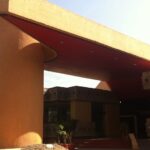
1.20 kms.

1.44 kms.
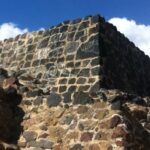
1.57 kms.
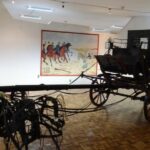
A chance to see the old riding school on the grounds of the magificent Colegio Militar in Colonia Popotla.

One of the newest and deepest of ancient museums, the Museum of the New Fire is not to be missed.

Tacubaya's tribute to the long history of the neighborhood, and the once wealthy landowners who lived there.

A museum with a line-up of charming mid-century trams & trolleys and full documentation from a by-gone era.
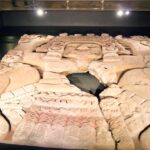
One of the most important sites in the city, even today, don't miss the chance to visit the Templo Mayor.